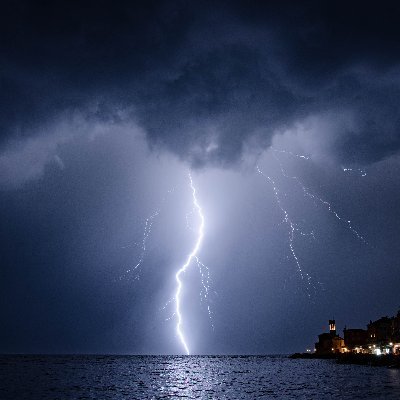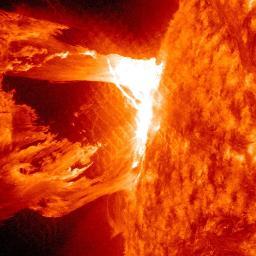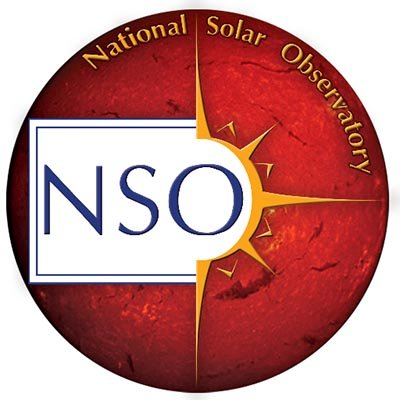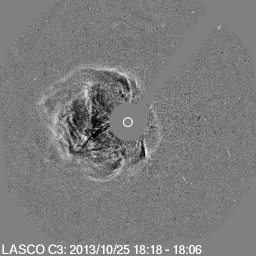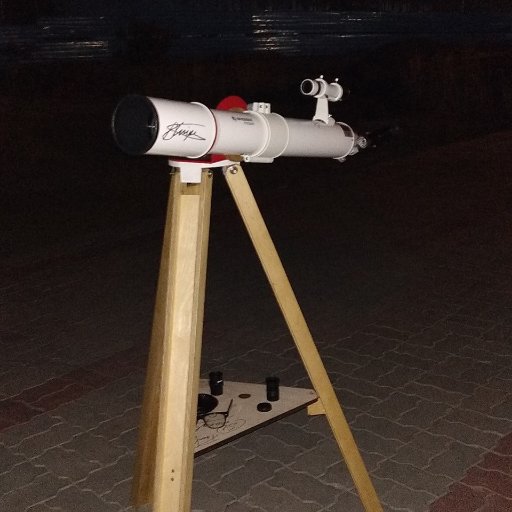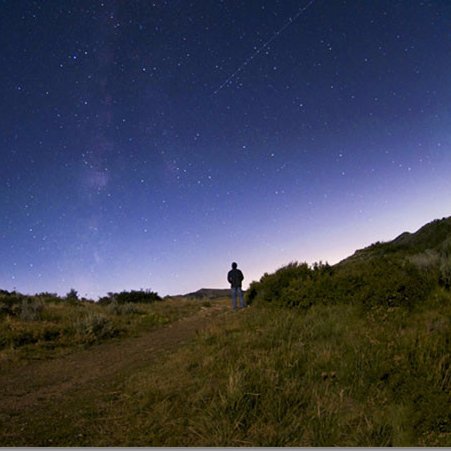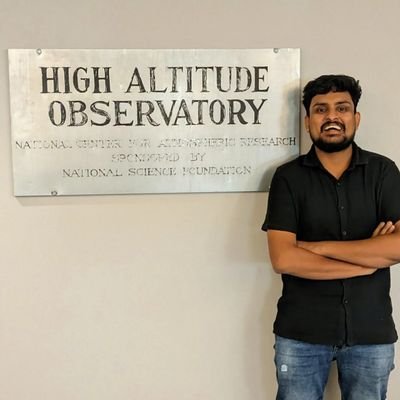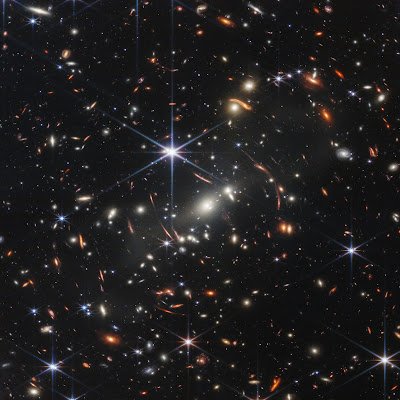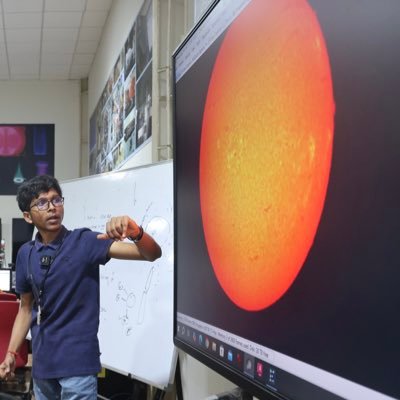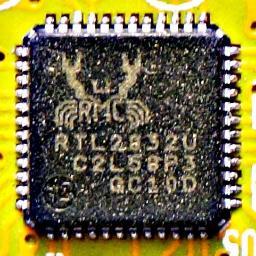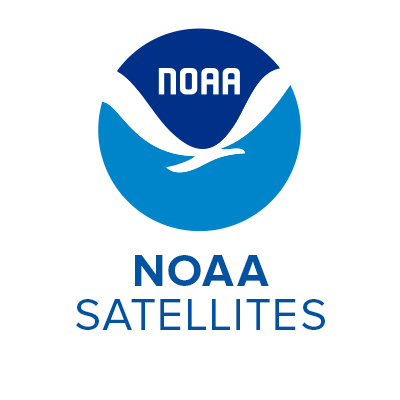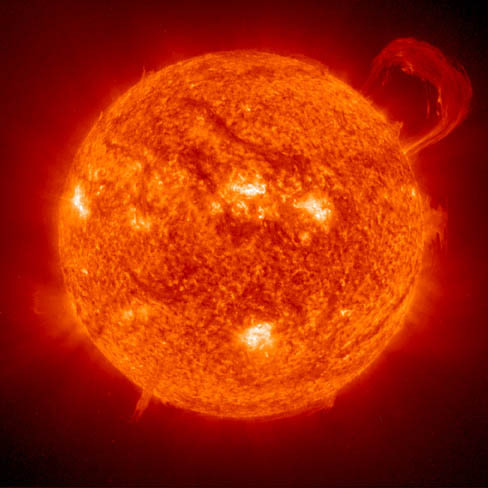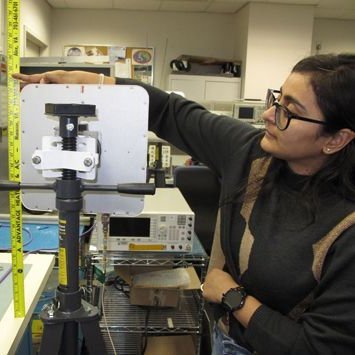
Rohit Sharma
@rohitcbscient
Observer / Solar Physicist / Favorite Wavelength - Radio / Traveler/ Assistant Professor at SPASE, Indian Institute of Technology, Kanpur
Tal vez te guste
Finally, we have an Earth-directed CME! AR 4262 fired off a (likely) M-flare yesterday and destabilized a filament. The complex eruption produced a partial halo in Earth-based coronagraph imagery. Preliminary modeling from NASA M2M indicates impact around 10-26 at 13 UT.
The big CME in LASCO C2 view - without doubt one of the top CMEs of this solar cycle. We have not had a single exceptionally fast near-side full-halo CME, so far all of them have been far side. The best we have had was the October 9th, 2024 center disk full halo, which produced…
A bright, fast moving CME is now visible leaving the farside of the Sun. Full update on SolarHam.com
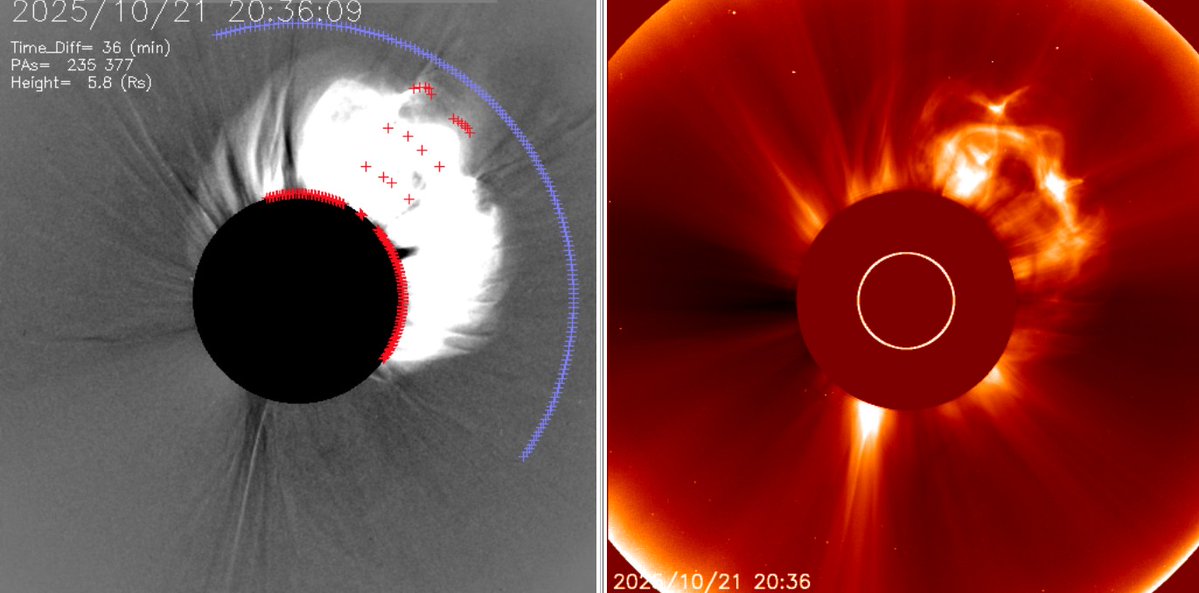
☀️Flying through the strongest solar storm ever recorded No communication or navigation, faulty electronics, collision risks. ESA mission control teams faced a scenario unlike any before. Fortunately, this nightmare unfolded not in reality, but as part of the simulation!…
Active Region 4246 should be taken seriously now. It is still growing and magnetically complex. If this development goes on, X-flares and/or major CMEs seem possible.
🚨: The Sun just fired FOUR plasma storms toward Earth.

One of the clearest days, the Himalayas could be seen while landing at Kanpur. One can make out Dhaulagiri-I, Annapurna and Manaslu peaks. #indigo #6E824


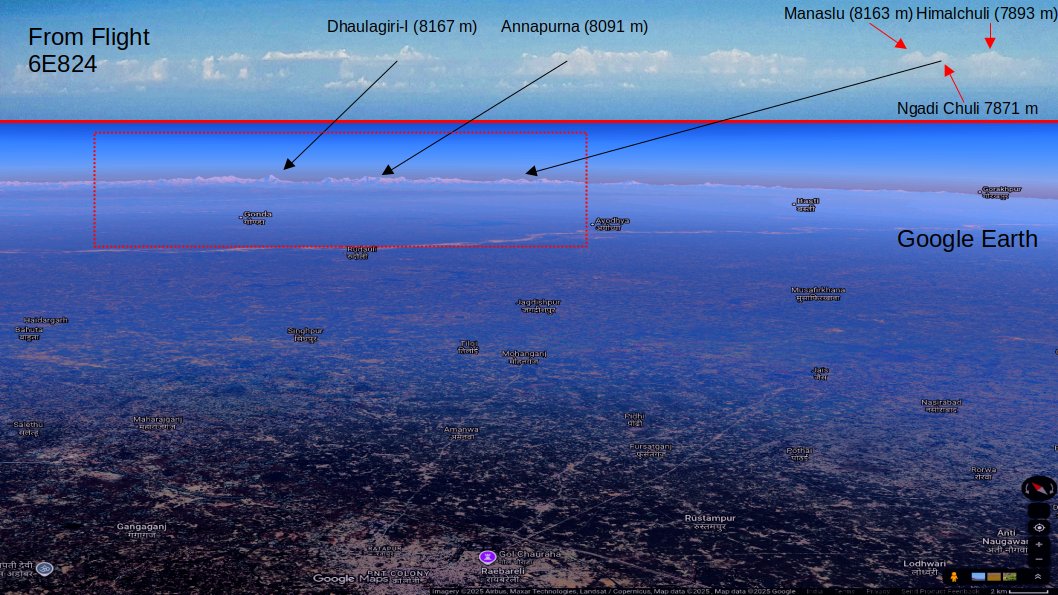
Incoming CME! The M2.7 flare blasted a fairly fast (1300-1400 km/s) CME towards us. NASA M2M WSA-ENLIL model indicates impact late on September 1st (Monday), around 19h UTC. Expected storm strength? Always difficult to forecast, but "The roughly estimated expected range of the…
Boom! Eruptive M2.7 from AR 4199 - near center disk. Some coronal dimming is visible, so a CME was most likely launched. Awaiting coronagraph images. Cautiously optimistic.
🚨 Big firsts for the @NSF Inouye Solar Telescope: X-class flare, sharpest H-alpha flare image, and smallest coronal loops ever imaged. These observations may help reveal coronal loop scales and improve flare modeling, aiding space weather forecasts. nso.edu/press-release/…
A stunning eruption of filament plasma from the Sun this morning! This size of event can cause strong aurora activity if directed towards Earth, but alas – this one was not. #spaceweather
We have just seen a gorgeous eruption over Sun's southeast limb.
WOW! What a CME! The massive filament eruption produced a spectacular CME! This is definitely one of the most impressive CMEs of this solar cycle so far. Imagine if this one was headed directly our way ... More on this event soon!
Here comes the fast solar wind! The equatorial coronal hole is now (mostly) past the central meridian. We should begin feeling its effects in the next 24-36 hours, first as the CIR arrives and later when the fast solar wind stream arrives. A G1 storm watch has been issued by SWPC…


BOOM! X11.9 flare. It isn't over until it is solar minimum. This flare occurred on 10 September 2017, only 2 years and 4 months before solar minimum and it would be the last large (double digit) X-class flare of Solar Cycle 24. This was just 4 days after an X13.3 flare. Which…
Following the talks, the room was set up for the panel discussion, which was moderated by Dr. Narendranath Patra. The panelists included Prof. Yashwant Gupta(@yash_gupta_62 ), Prof. Abhirup Datta(@datta_abhirup ), and Dr. Rohit Sharma(@rohitcbscient ). They addressed various…
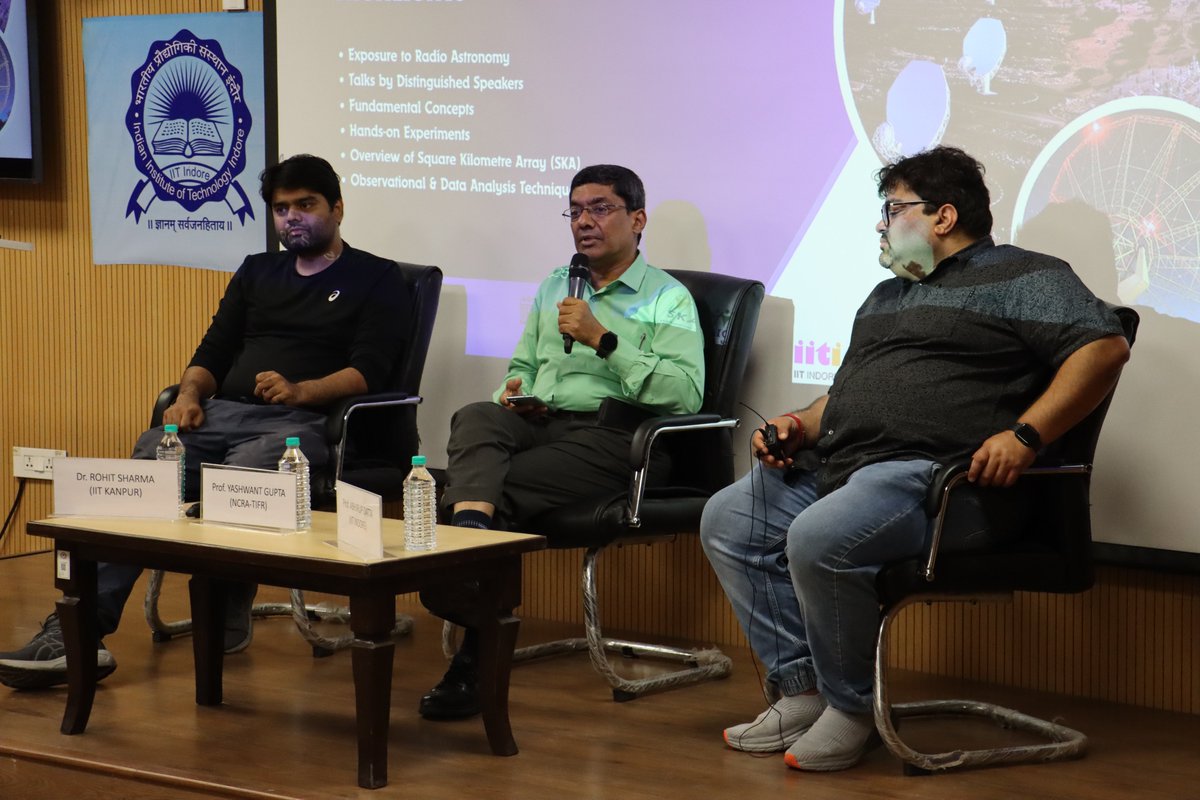
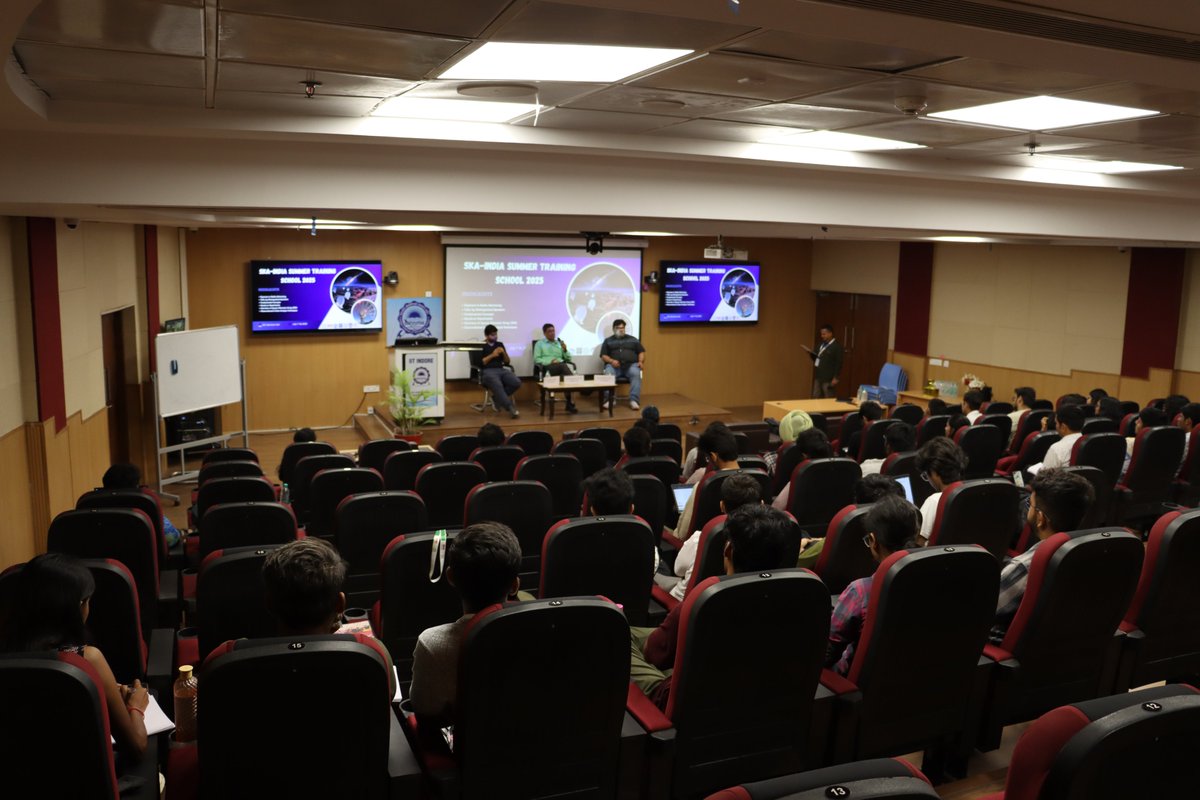

Last talk of the session was delivered by Dr. Rohit Sharma(@rohitcbscient ) where he discussed key challenges in solar radio observations. A brief example illustrated the difficulty in estimating brightness temperature for unresolved solar bursts. The session concluded with how…

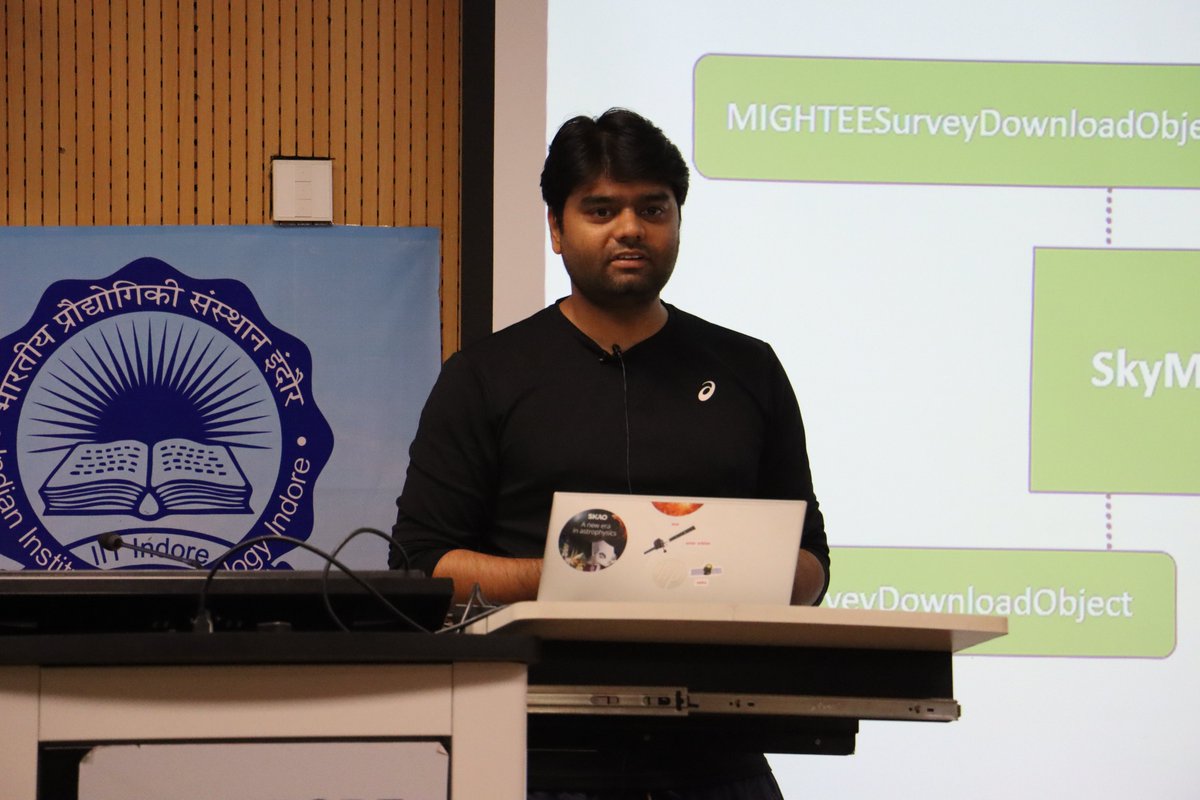


Engaging session at SKA training school with students in Indore. Happy to see curious minds for solar physics and radio astronomy.
Dr. Rohit Sharma from IIT Kanpur takes the last talk of the session. The session began with an overview of the solar structure and the importance of solar physics in understanding space weather and dynamic events such as solar flares, CMEs, and jets. He then introduced the…



In physics there is an elegant method for computing the correlation functions called generating function. The idea is simple - instead of computing correlators one by one - you define a function of a parameter and compute the average of that new function. Individual correlators…

One of my favorite captures since I got into this hobby: the aftermath of an X class flare on the sun. These loops trace the invisible magnetic field lines on the sun, while moon-sized gobs of plasma rain back down onto the surface.
Fun fact. In November 2026, NASA's Voyager 1 will become the first human-made object to reach a distance of one light-day from Earth (about 25.9 billion kilometers). This milestone will be reached after more than 47 years of travel since its launch in 1977.
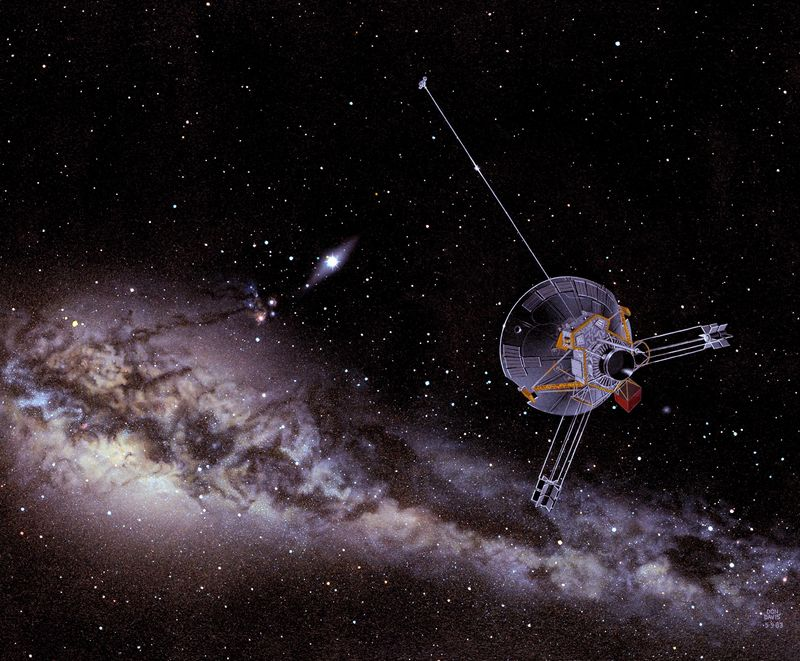
United States Tendencias
- 1. Canada 399K posts
- 2. #CashAppPools N/A
- 3. Reagan 169K posts
- 4. Ashley 152K posts
- 5. Letitia James 56.5K posts
- 6. Immigration 157K posts
- 7. #ROGXboxAllyXSweepstakes N/A
- 8. #FursuitFriday 14.8K posts
- 9. #CostumeInADash N/A
- 10. #HaloWC 2,454 posts
- 11. Gerald R. Ford 10.6K posts
- 12. Revis N/A
- 13. Megan 55.7K posts
- 14. Tish 12.3K posts
- 15. Chelsea 91.3K posts
- 16. Uncut Gems N/A
- 17. Tamar 3,987 posts
- 18. NBA Cup 3,679 posts
- 19. Oval Office 27.6K posts
- 20. Towanda 1,129 posts
Something went wrong.
Something went wrong.







